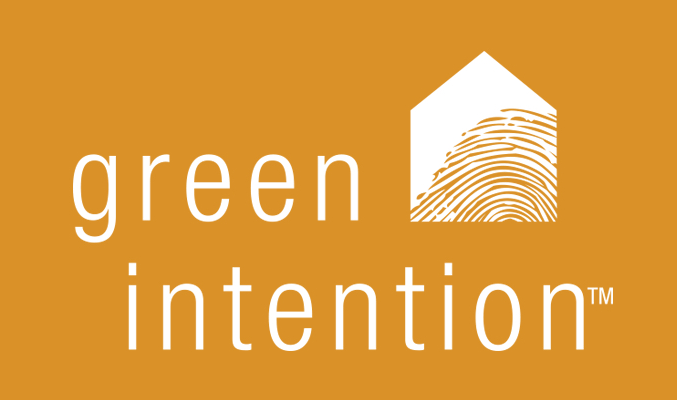Now that we finally are LEED Gold Certified, a lot of people have asked me how we got the points to get to the gold level. As a quick recap, LEED is an acronym for Leadership in Energy and Environmental Design, a rating system developed by the U.S. Green Building Council to define and measure “green” buildings. LEED for Homes is a national, voluntary certification system that promotes the design and construction of high-performance green homes and encourages the adoption of sustainable practices by the homebuilding industry. The LEED for Homes Rating System is built around eight categories of sustainable design:
1. Innovation and Design – to encourage integrated project planning and design for durability
2. Location and Linkages – to reward preferable site locations
3. Sustainable Sites – to minimize adverse impacts on the lot/site
4. Water Efficiency – to lower water usage
5. Energy and Atmosphere – to lower utility bills and reduce carbon footprint
6. Materials and Resources – to reduce waste and minimize extraction/harvest of raw materials
7. Indoor Environmental Quality – to ensure the home is healthy and comfortable
8. Awareness and Education – to promote broad awareness of LEED in the operations and maintenance of a home
Each of these eight categories carries different weight in the rating system, energy being the largest and therefore most important category.
One can achieve certification at four levels: certified (basic certification), silver, gold, and platinum (the best). Each level requires a certain number of points out of 136 total possible points; the larger the home, the more points required to get to each threshold. (All of the commercial rating systems have been simplified to just 100 points, plus ten local “bonus” points; I’ve heard the next version of LEED for Homes may be more standardized as well. Having 136 points isn’t exactly logical or intuitive.) The rating system thresholds are as follows:
|
Level |
Minimum points required for “neutral” sized home |
Size-adjusted point thresholds for our home |
|
Certified |
45 |
51.5 |
|
Silver |
60 |
76.5 |
|
Gold |
75 |
91.5 |
| Platinum | 90 |
106.5 |
Any level requires that we satisfy 18 prerequisites. If even one prerequisite is not met, the building cannot be certified. (Two more clarifications: no products are LEED certified, but they may qualify for LEED points. People are not LEED certified; they are accredited– as in, I am a LEED Accredited Professional.)
Because blog posts are not supposed to be as long as magazine articles, I provide just the summary here of how we did in each point category, with a very basic description of our strategies used to get the points:
| LEED Category | Our points | Total possible points | Our primary strategies and tactics |
| Innovation and Design |
8 |
11 |
Integrated project planning, durability planning and third-party verification; extra points for exemplary performance in water efficiency and energy monitoring |
| Location and Linkages |
10 |
10 |
Choosing location that was previously developed; close to parks, trails, bus stops and community resources |
| Sustainable Sites |
11 |
22 |
Managing water runoff, minimizing conventional lawn, planting drought-tolerant plants |
| Water Efficiency |
7 |
15 |
Installing dual-flush toilets, low-flow sink faucets, efficient irrigation system |
| Energy and Atmosphere |
26.5 |
38 |
Installing geothermal system, triple pane windows, spray foam insulation, Energy Star appliances, LED lighting, solar panels |
| Materials and Resources |
13.5 |
16 |
Using rapidly renewable, recycled and reclaimed products; recycling construction waste |
|
Indoor Environmental Quality |
16 |
21 |
Installing HVAC system system with good air filters, bringing in fresh air; exhausting fumes to outside; humidifer/dehumidifier |
| Awareness and Education |
2 |
3 |
Homeowner knows how to use green features and operate home sustainably; newspaper articles and website for public awareness |
| Total |
94 |
136 |
2.5 points above the gold level! |
